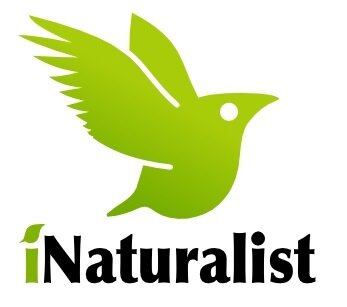iNaturalist: a casual user’s observations
by Arleen Ferrara
Satori Garden Design
Santa Monica, CA
I had heard about the iNaturalist app some time ago but I was reluctant to try it because I assumed it was like all of the other plant ID apps that were spotty at best. Boy was I wrong on many counts! iNaturalist is so much more than a plant ID app for one thing. It is a super charged, crowdsourced, nature observing and documenting machine. It’s also fun to use.
I found out how fun it was to used this fall when I went through the California Naturalist certification program. This program, ran by UC cooperative extension, is all about observing and documenting nature. As a landscape designer it was so fun to be able to slow down in a natural setting and make those thoughtful observations. We designers work with plants all of the time but sometimes in the rush to get projects done we don’t always have the time to really observe let alone document and sketch the subtleties like the margin of a leaf or the shape of a seed pod. During the course we used both journaling, sketching and iNaturalist to hone our sensitivities to the natural world.
iNaturalist was started in 2008 by a group of UC Berkeley students as part of their master’s project for the School of Information and it has become the “go to” app for plant, insect, animal and fungi identification with over 61 million observations and growing.
Here’s some tips on using iNaturalist:
Photo quality: Identifications are made through people using the iNaturalist app and also through the sophisticated AI. Clear and plentiful photos are key. Avoid backlit situations and when submitting photos of plants provide photos showing leaves, bark, blooms, seed pods etc….
Uploading an observation is really easy either through your camera roll or by taking a photo on the spot. If you are out somewhere with poor cell service you will find it easier to simply take photos and upload everything later when you are on wi-fi.
iNaturalist is available on a web-based platform and on your phone. The interface is slightly different between the two platforms but not so much that it’s a problem. There is also Seek which is an app tailored to kids and families and offers encouraging badges for making observations.
When making an observation it is important to note as to whether the item is captive / cultivated (i.e. in a managed, garden setting) or not. Non-cultivated observations are encouraged but feel free to use the app to ID plants in gardens settings. In fact, this is how I got familiar with the app by snapping photos in my neighborhood and in my own garden.
It’s helpful to try and narrow down to the genus if possible but it’s not imperative. Once you’ve uploaded an observation you will see suggestions offered by the AI and you can either select one or leave the observations unidentified so that community members can help ID. I have found that suggestions made by the AI often lead me to the right answer.
When one of your observations has been IDd by a community member you can agree or not agree. You can offer ID suggestions for observations made by others. In fact, this is what makes the platform what it is today, amazing and powerful.
Projects: When you are on the app you will see projects listed that you can join or you can create your own project. This is a great feature for people working on a particular area of concern.
Guides: The guides can be created by you or you can access guides made by others, so helpful! I think this would be very useful for bird watching.
I hope you find the above tips useful. You can find a lot of help through this link as well. https://www.inaturalist.org/pages/getting+started
I hope you enjoy using the app as much as I have. If nothing else it may save you some time when you are out in the field or on a hike and the name of that plant just isn’t coming to you. Observe, document, and Enjoy!

